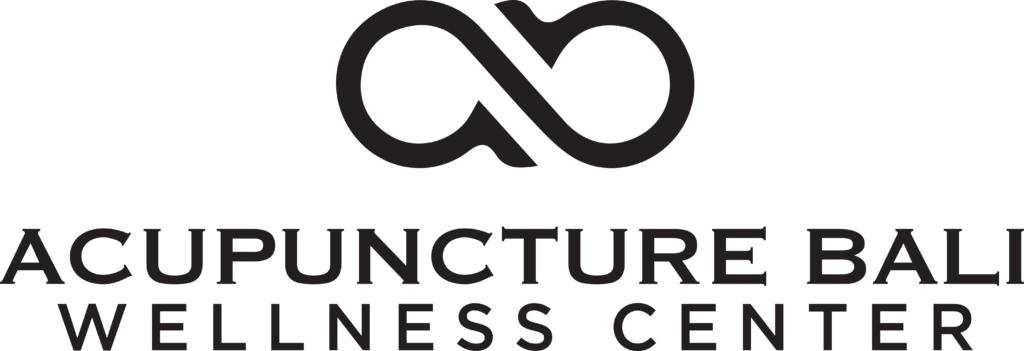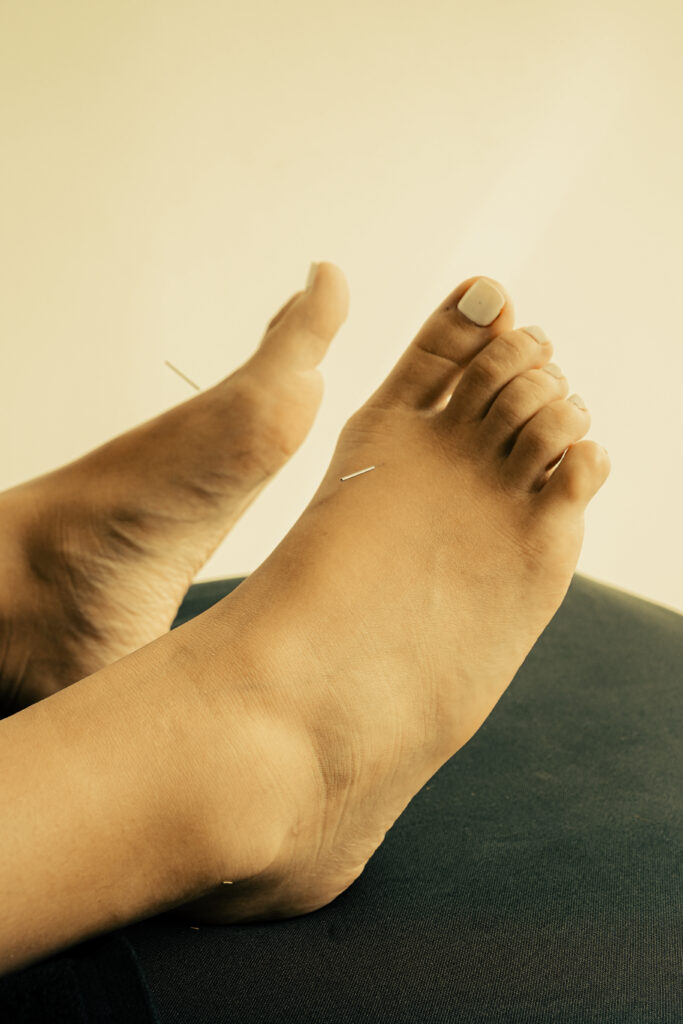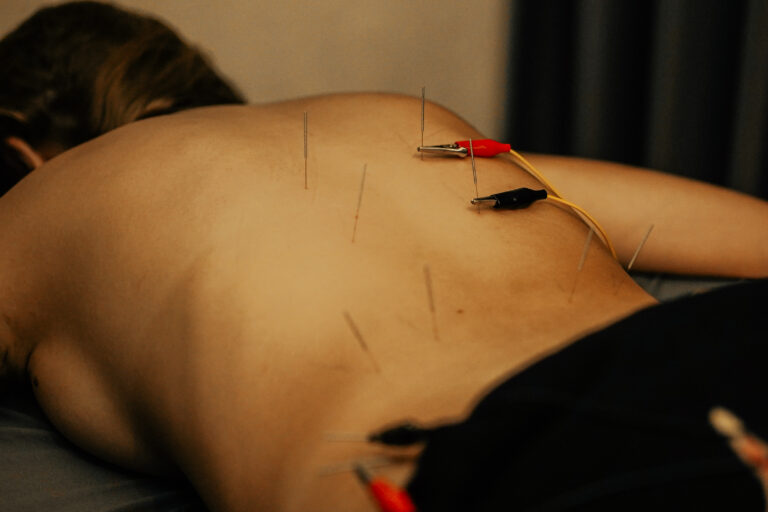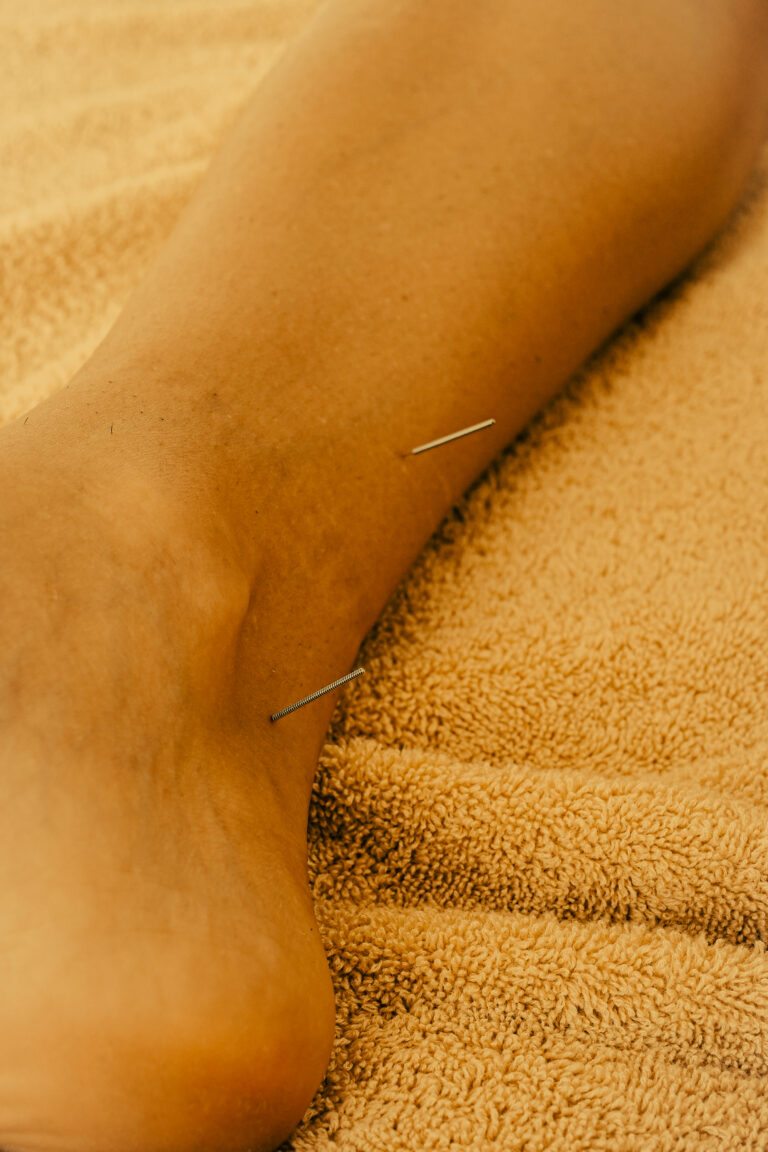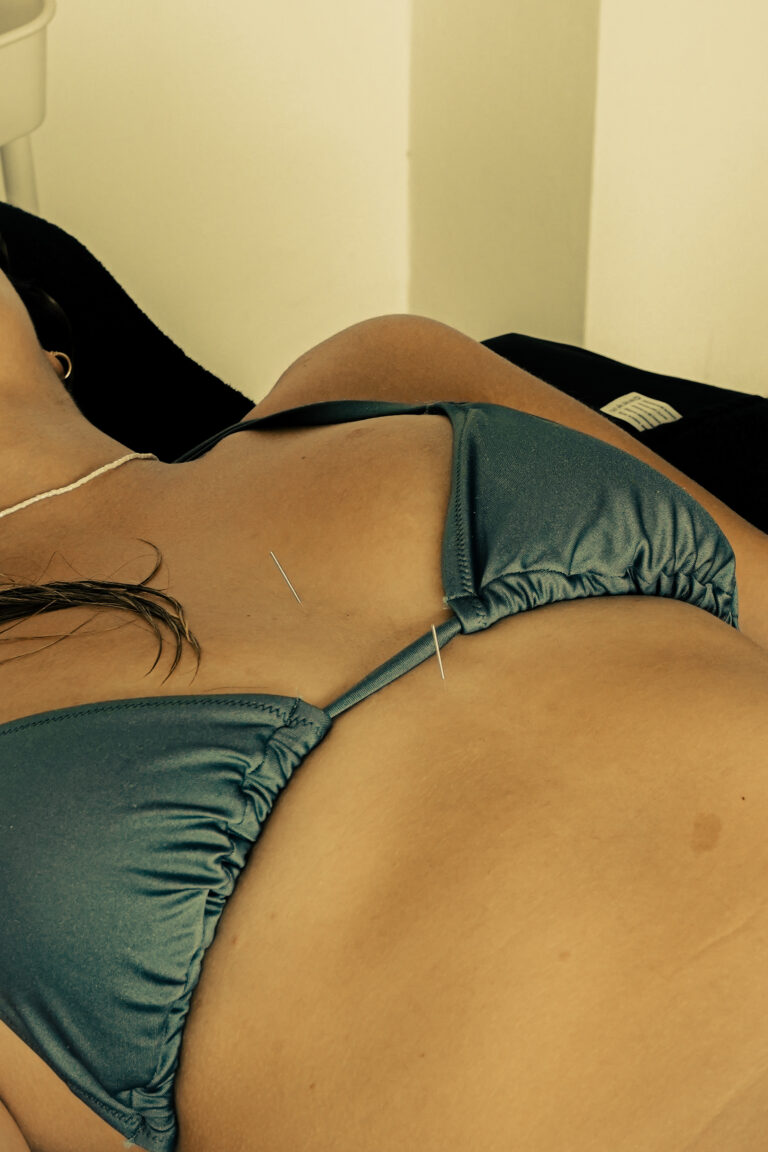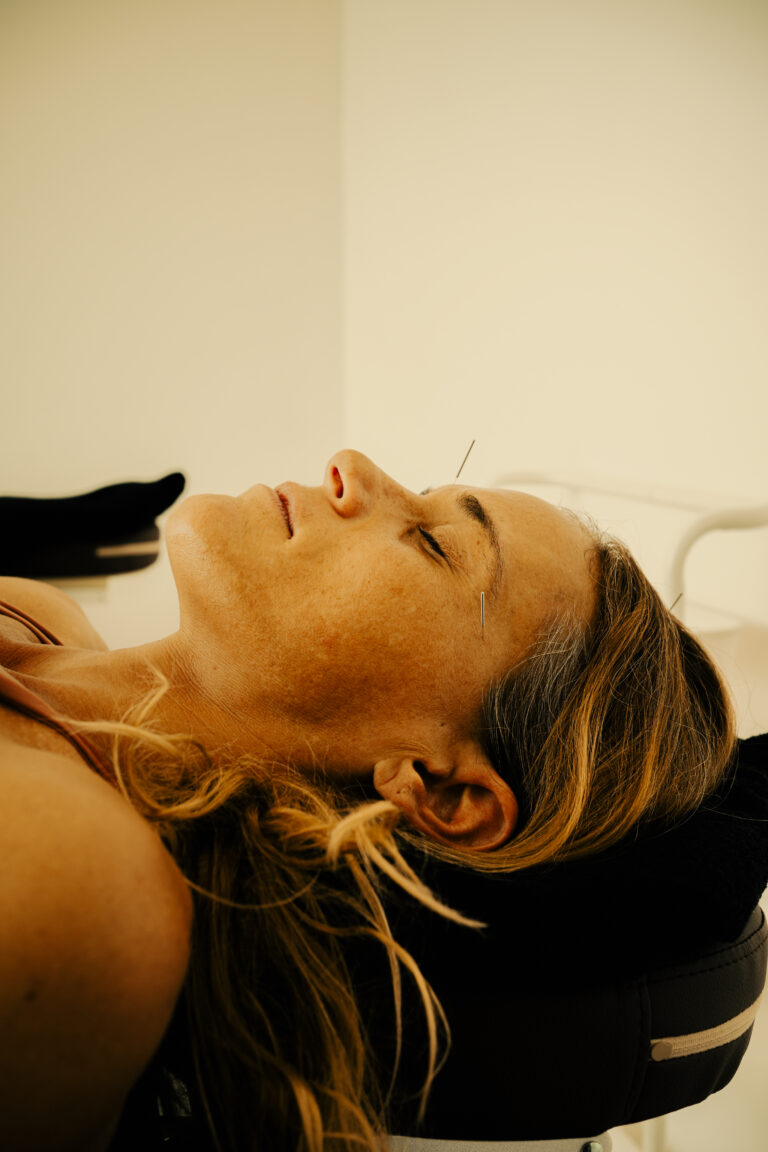In Traditional Chinese Medicine (TCM), the body follows a 24-hour organ clock known as the Chinese Meridian Clock, where each organ has a 2-hour peak period for energy circulation. Waking up consistently around 3 AM aligns with the Liver’s active time (1 AM–3 AM) and the Gallbladder time (11 PM–1 AM) just before it.
According to TCM, this may indicate an imbalance in the Liver-Gallbladder system, often due to emotional stress, Qi stagnation, Yin deficiency, or excess internal Heat. These imbalances disturb the Shen (spirit) and prevent deep, uninterrupted sleep.
Key Organ Systems Involved
- Liver (Gan) – Responsible for smooth Qi flow, blood storage, and emotional regulation. Imbalances lead to waking up during its peak hours, especially due to anger, frustration, or stress.
- Gallbladder (Dan) – Paired with the Liver, governs decision-making and courage. Disharmony may cause insomnia or difficulty falling asleep between 11 PM–1 AM.
- Heart (Xin) – Houses the Shen. If Liver Fire affects the Heart, the Shen becomes disturbed, resulting in restlessness and night waking.
- Spleen (Pi) – Generates Blood and supports the Liver. Weak Spleen may lead to Blood deficiency, making it hard for the Shen to be anchored during sleep.
Common TCM Patterns for Waking at 3 AM
- Liver Qi Stagnation with Heat
- Symptoms: waking up around 3 AM, irritability, vivid dreams, sighing, chest tightness, headaches
- Tongue: red edges
- Pulse: wiry and rapid
- Cause: suppressed emotions, stress
- Liver Yin Deficiency
- Symptoms: waking with dry mouth or heat sensation, difficulty falling back asleep, blurry vision, dizziness
- Tongue: red and peeled
- Pulse: thin and rapid
- Cause: overwork, chronic stress, lack of rest
- Heart and Gallbladder Deficiency
- Symptoms: waking from dreams, lack of confidence, palpitations, anxiety
- Tongue: pale
- Pulse: weak
- Cause: emotional trauma, fear, timidity
- Phlegm-Heat Disturbing the Shen
- Symptoms: restless sleep, waking startled, anxiety, racing thoughts
- Tongue: greasy yellow coating
- Pulse: slippery and rapid
- Cause: overeating, alcohol, emotional stress
Treatment Principles in TCM
- Soothe the Liver and regulate Qi
- Clear Liver Heat and nourish Yin
- Calm the Shen (spirit) and tonify Heart/Gallbladder
- Resolve Phlegm and transform Heat
- Harmonize Liver–Gallbladder and strengthen Spleen function
Diet and Lifestyle Tips (TCM-Based)
Diet
- To calm the Liver: drink chrysanthemum tea, mint tea, or consume celery, cucumbers, and bitter greens
- To nourish Yin: include black sesame, goji berries, pear, seaweed, tofu
- To clear Heat: avoid spicy foods, alcohol, greasy foods, and caffeine
- To settle the Shen: drink warm teas with jujube seeds (suan zao ren), longan fruit, or lily bulb
Lifestyle
- Sleep before 11 PM to support Gallbladder and Liver function
- Practice breathing or Qigong exercises in the evening to smooth Liver Qi
- Avoid emotional stimulation before bed (e.g., arguments, intense screens)
- Use gentle journaling or expression to process emotions before sleep
Daily Acupressure for 3 AM Wake-Ups
- LV3 – Tai Chong (太冲)
- Location: between the big toe and second toe, about 1.5 cun up
- Function: moves Liver Qi, calms emotions, clears internal Heat
- PC6 – Nei Guan (内关)
- Location: 2 cun above wrist crease, between two tendons
- Function: calms Shen, opens the chest, harmonizes Liver–Heart axis
- HT7 – Shen Men (神门)
- Location: on the wrist crease, on the ulnar side
- Function: nourishes Heart Blood, anchors the Shen, reduces insomnia
- SP6 – San Yin Jiao (三阴交)
- Location: 3 cun above the medial malleolus, posterior to the tibia
- Function: nourishes Liver, Spleen, Kidney Yin; calms the mind
- GB20 – Feng Chi (風池)
- Location: below the base of the skull, in the depression between the SCM and trapezius
- Function: releases tension from Liver meridian, supports restful sleep
Technique: Apply moderate pressure for 1–2 minutes in the evening or before bed with slow breathing.
Daily Acupressure for 3 AM Wake-Ups
- LV3 – Tai Chong (太冲)
- Location: between the big toe and second toe, about 1.5 cun up
- Function: moves Liver Qi, calms emotions, clears internal Heat
- PC6 – Nei Guan (内关)
- Location: 2 cun above wrist crease, between two tendons
- Function: calms Shen, opens the chest, harmonizes Liver–Heart axis
- HT7 – Shen Men (神门)
- Location: on the wrist crease, on the ulnar side
- Function: nourishes Heart Blood, anchors the Shen, reduces insomnia
- SP6 – San Yin Jiao (三阴交)
- Location: 3 cun above the medial malleolus, posterior to the tibia
- Function: nourishes Liver, Spleen, Kidney Yin; calms the mind
- GB20 – Feng Chi (風池)
- Location: below the base of the skull, in the depression between the SCM and trapezius
- Function: releases tension from Liver meridian, supports restful sleep
Technique: Apply moderate pressure for 1–2 minutes in the evening or before bed with slow breathing.
TCM Treatment Recommendation
- Acupuncture therapy: targeting Liver, Gallbladder, and Heart meridians using points like LV3, PC6, HT7, GB20, and SP6
- Herbal Formulas:
- Suan Zao Ren Tang: for Liver and Heart Blood/Yin deficiency with irritability and waking
- Chai Hu Shu Gan San: for Liver Qi stagnation due to stress
- Tian Wang Bu Xin Dan: for Heart–Kidney disharmony and severe insomnia
- Long Dan Xie Gan Tang: for Liver Heat causing agitation and restlessness
- Moxibustion may be used to warm and support Yin for deficiency pattern
Conclusion
Waking up at 3 AM regularly is not random in TCM—it is a message from your Liver and Gallbladder systems. These organs play a central role in emotional balance, energy flow, and restful sleep. By restoring harmony through acupuncture, herbs, acupressure, dietary adjustments, and emotional regulation, you can support deeper, uninterrupted sleep and long-term emotional well-being.
Sources
- Maciocia, Giovanni. The Foundations of Chinese Medicine. Elsevier, 2005. ISBN: 9780443074899
- Deadman, Peter et al. A Manual of Acupuncture. Journal of Chinese Medicine Publications, 2007. ISBN: 0951054651
- Chen, John K. & Chen, Tina T. Chinese Medical Herbology and Pharmacology. Art of Medicine Press, 2004. ISBN: 9780974063504
